What are Tarantula Spider Babies (Spiderlings)?
Tarantula spider babies, also known as spiderlings, are the juvenile stage of a tarantula’s life cycle. These miniature versions of their adult counterparts emerge from an egg sac, embarking on a journey of growth, development, and survival. Understanding spiderlings is crucial for anyone interested in tarantula care or simply fascinated by the intricate lives of these arachnids. Their early stages are marked by vulnerability, rapid growth, and a unique set of needs that differ significantly from adult tarantulas. The spiderling phase is a critical period, where environmental factors and care practices greatly influence their survival and eventual transition into adulthood. Observing these tiny creatures offers a glimpse into the fascinating world of tarantulas, highlighting their resilience and complex life history.
Appearance of Spiderlings
Size and Color
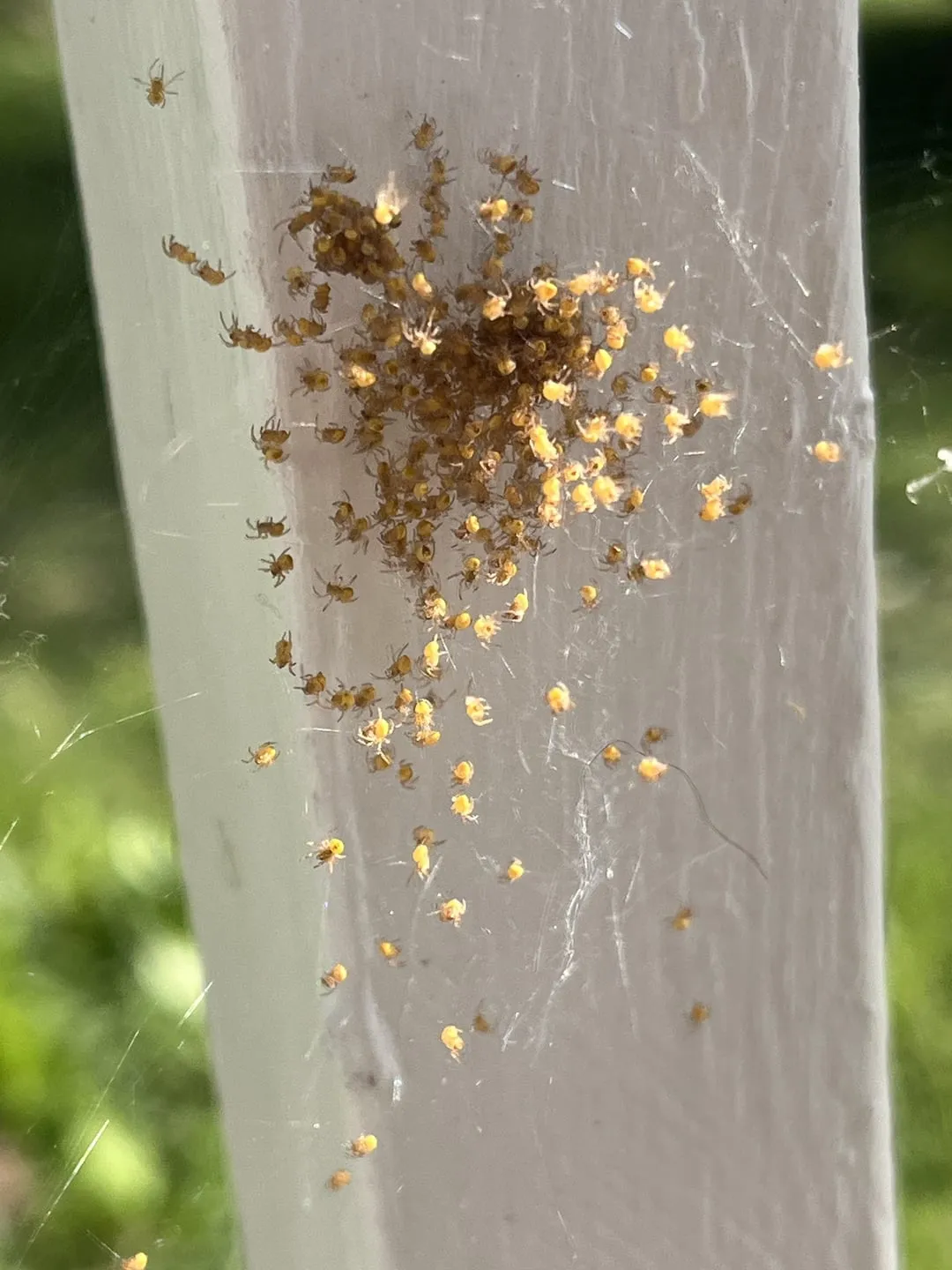
Spiderlings are incredibly small, often measuring just a few millimeters in body length when they first emerge from the egg sac. Their size varies depending on the tarantula species, with some spiderlings being smaller than others. The coloration of spiderlings also differs among species, ranging from pale, translucent hues to more vibrant colors, such as reddish-brown or black. These initial colors often change as they molt and grow, with their adult colors gradually developing over several molts. The size and color of spiderlings offer valuable clues in identifying the species and assessing their developmental stage. Their delicate appearance and small size highlight the need for gentle handling and specialized care.
How Spiderlings Hatch
The Egg Sac
The journey of a tarantula spiderling begins within an egg sac, a silken pouch created by the mother tarantula to protect her eggs. The mother carefully constructs the egg sac, depositing her eggs inside and sealing them securely. The egg sac provides a safe environment, shielding the developing eggs from external threats and regulating humidity. The size and shape of the egg sac vary across different tarantula species. Within the egg sac, the spiderlings develop, undergoing their first molts and preparing for their emergence. The egg sac represents a critical stage in the life cycle, offering the initial protection and resources needed for survival. It’s a marvel of natural engineering, demonstrating the intricate parental care of tarantulas.
Incubation Period
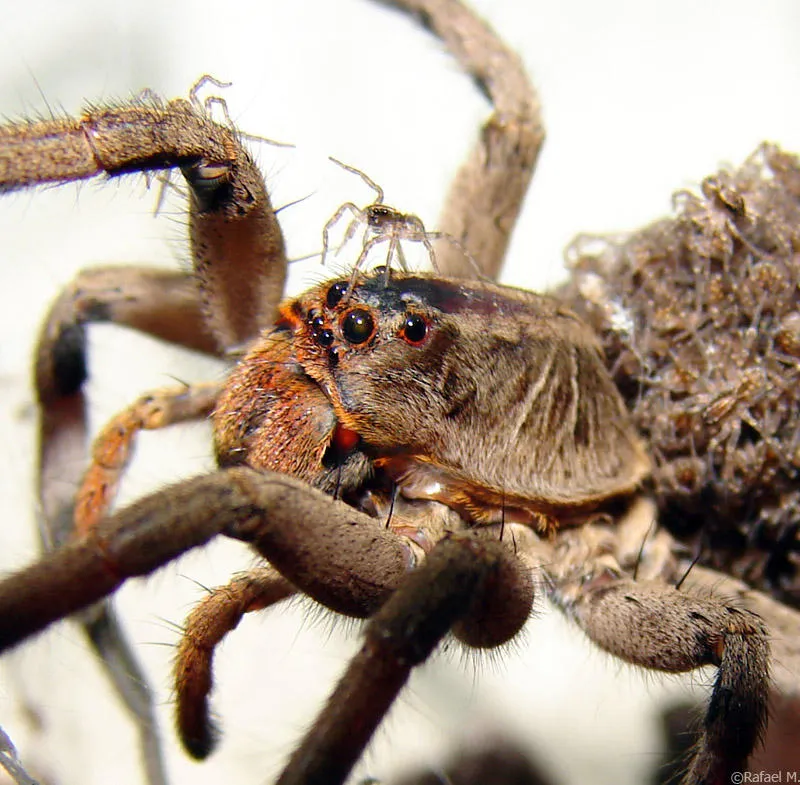
The incubation period, the time the eggs spend developing within the egg sac, varies based on the tarantula species and environmental conditions. The duration can range from a few weeks to several months. Factors such as temperature and humidity play a crucial role in the incubation process. Warmer temperatures generally accelerate development, while adequate humidity is essential for the eggs to remain viable. During this time, the spiderlings undergo a series of developmental stages, preparing for their eventual emergence. Understanding the incubation period is vital for tarantula breeders, allowing them to monitor the eggs’ progress and provide optimal conditions for successful hatching. The culmination of this period results in a swarm of tiny spiderlings, ready to face the world.
Spiderling Behavior and Survival
Initial Diet
Upon emerging from the egg sac, spiderlings are voracious eaters, starting with small, easily digestible prey. Flightless fruit flies and pinhead crickets are common food sources for spiderlings. Their diet must be consistent with their size. Spiderlings require frequent feeding, often several times a week, to support their rapid growth and development. Proper nutrition is essential, as it influences their molting frequency and overall health. Monitoring their feeding habits and adjusting the prey size and quantity as they grow is crucial for their well-being. Providing a varied diet ensures they receive essential nutrients. A well-fed spiderling is a healthy spiderling, ready to face the challenges of its environment.
Molting
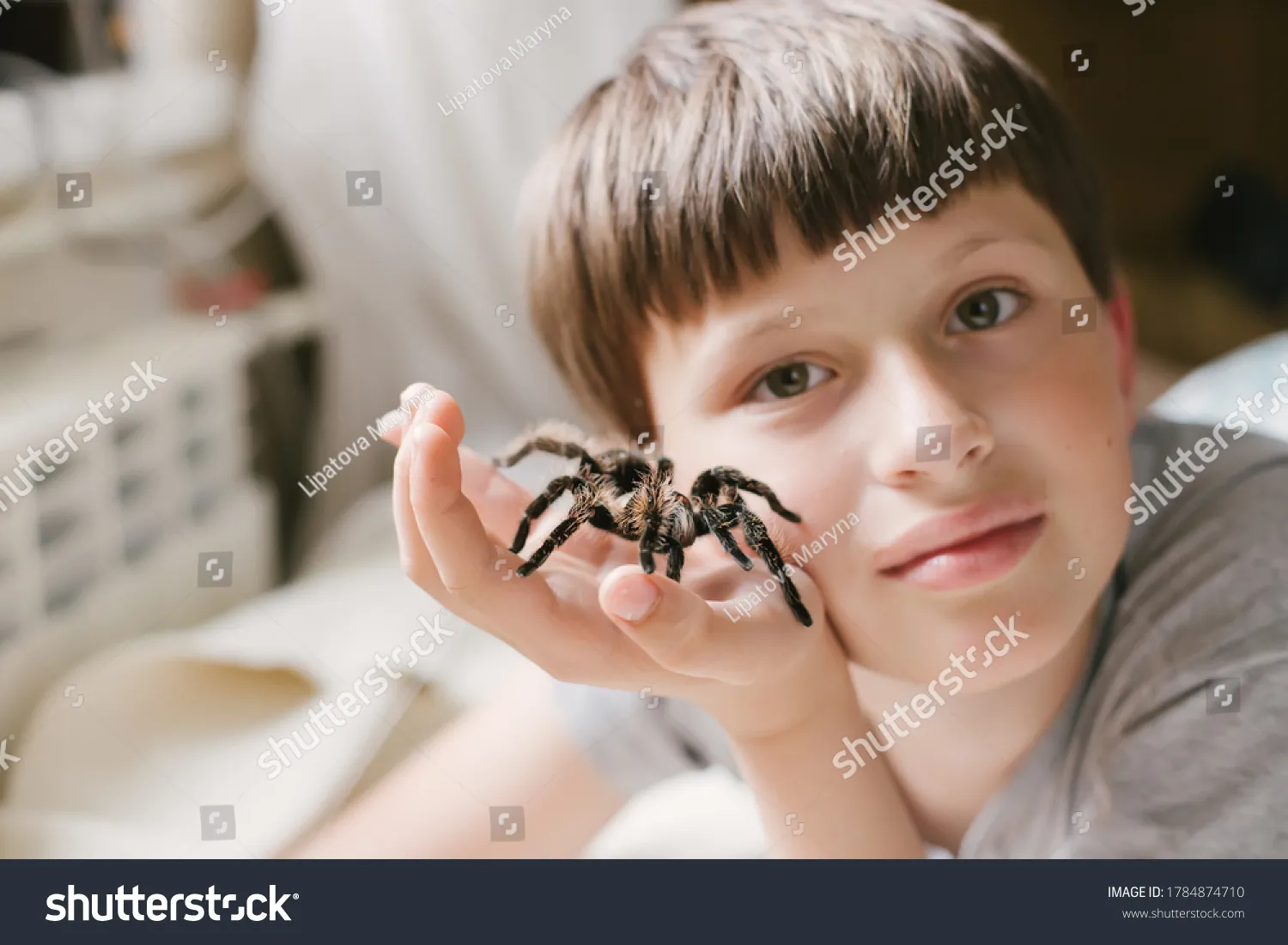
Molting is a fundamental process in the life of a spiderling, involving shedding their exoskeleton to grow. Spiderlings molt frequently, often every few weeks or months, depending on their age and growth rate. During molting, they become vulnerable, as their new exoskeleton is soft and delicate. Proper environmental conditions, including adequate humidity, are essential for a successful molt. The molting process involves the spiderling creating a new exoskeleton beneath the old one, then shedding the old one to reveal the new, larger form. After molting, the spiderling’s colors may intensify, and its size will have noticeably increased. Observing molting is a fascinating aspect of spiderling care. It’s a sign of growth and development.
Cannibalism
Cannibalism can occur among spiderlings, especially in crowded conditions or when food is scarce. This behavior poses a significant challenge for breeders and keepers. To minimize the risk of cannibalism, it is crucial to provide ample space and food for the spiderlings. Separating spiderlings into individual enclosures can also reduce the likelihood of cannibalistic interactions. Careful monitoring of spiderling behavior is important to identify and address any signs of aggression. Proper husbandry practices, including appropriate feeding and housing, are essential to mitigate the risk of cannibalism. These actions safeguard the spiderlings. By understanding and managing the factors that contribute to cannibalism, keepers can help to ensure the survival of all spiderlings in their care.
Growth and Development
Stages of Growth
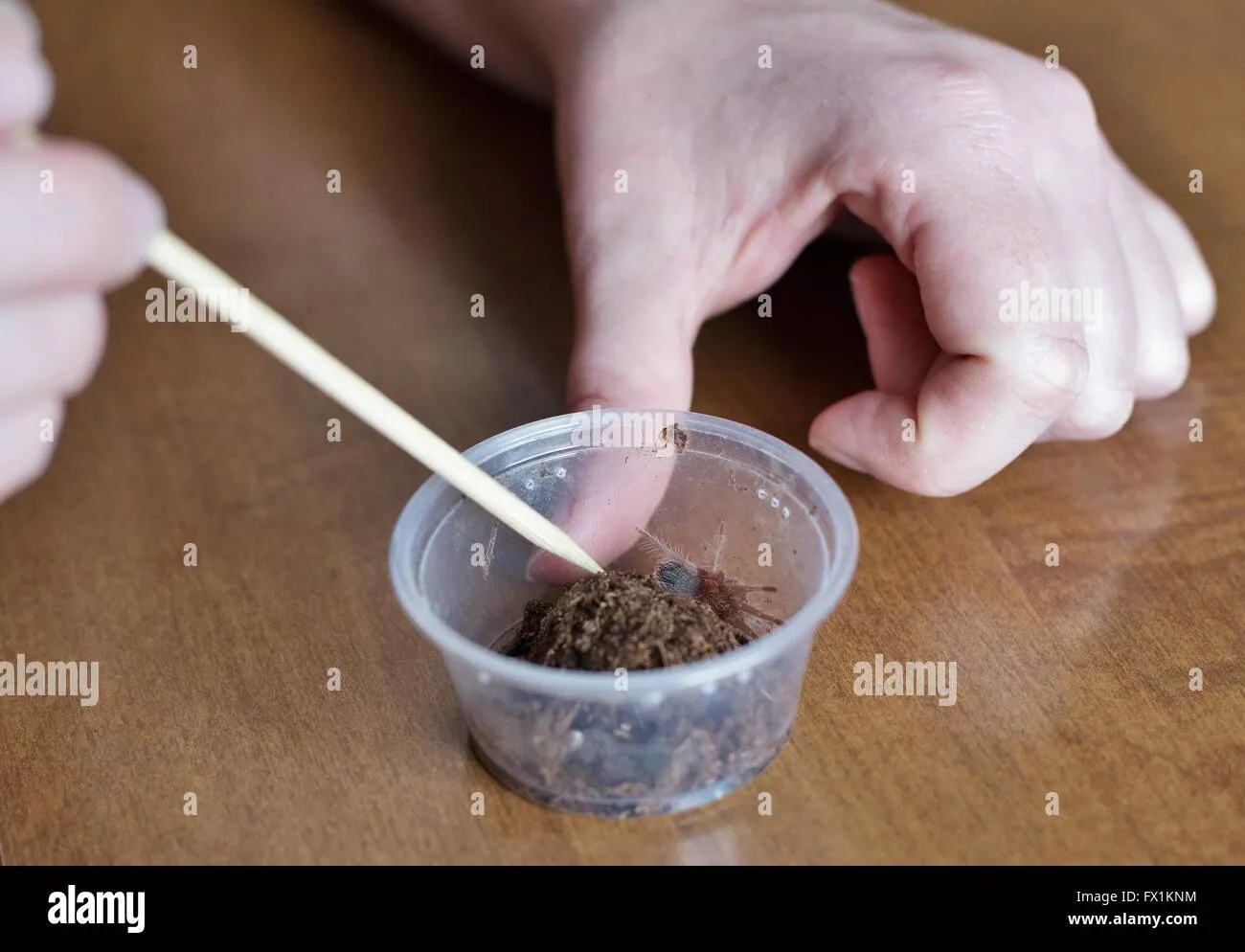
Spiderlings go through various stages of growth, each marked by molting and increased size. As they molt, they shed their old exoskeleton and reveal a new, larger one. The frequency of molting decreases as they mature, with adult tarantulas molting less frequently. During each stage, spiderlings develop their physical characteristics, including their size, coloration, and the development of their fangs and pedipalps. Understanding the different stages of growth is essential for providing appropriate care and observing the spiderling’s progress. Monitoring these stages allows for adjustments in housing, feeding, and overall management practices. This supports the spiderling as it advances towards maturity. The journey from tiny spiderling to adult tarantula is a marvel of nature.
Sexing Spiderlings
Determining the sex of a spiderling can be a challenging but critical task. While it’s easier to sex adult tarantulas, spiderlings require specialized techniques. The most common method involves examining the molt under magnification. By carefully inspecting the underside of the molted exoskeleton, you can identify the presence of the spermathecae in females. This process is best performed by experienced keepers or under the guidance of a knowledgeable individual. The sex of a spiderling is important information, especially for breeders. Accurate sexing helps to ensure successful breeding programs and provides valuable insights into the individual spiderling’s development. Successfully sexing a spiderling can be a rewarding experience, allowing for better management and understanding of these fascinating creatures.
Lifespan of Spiderlings
The lifespan of a tarantula spiderling is influenced by various factors, including its species, sex, and environmental conditions. Generally, spiderlings have a relatively shorter lifespan compared to adult tarantulas. Their lifespan is often determined by their growth rate, with faster-growing species tending to have shorter lifespans. Proper care, including adequate nutrition, appropriate housing, and a stable environment, can significantly extend the lifespan of a spiderling. Understanding the lifespan of spiderlings helps to inform care decisions and provides insights into the long-term commitment involved in keeping these creatures. A healthy spiderling that grows up in a supportive environment will eventually reach maturity and thrive.
Caring for Tarantula Spiderlings
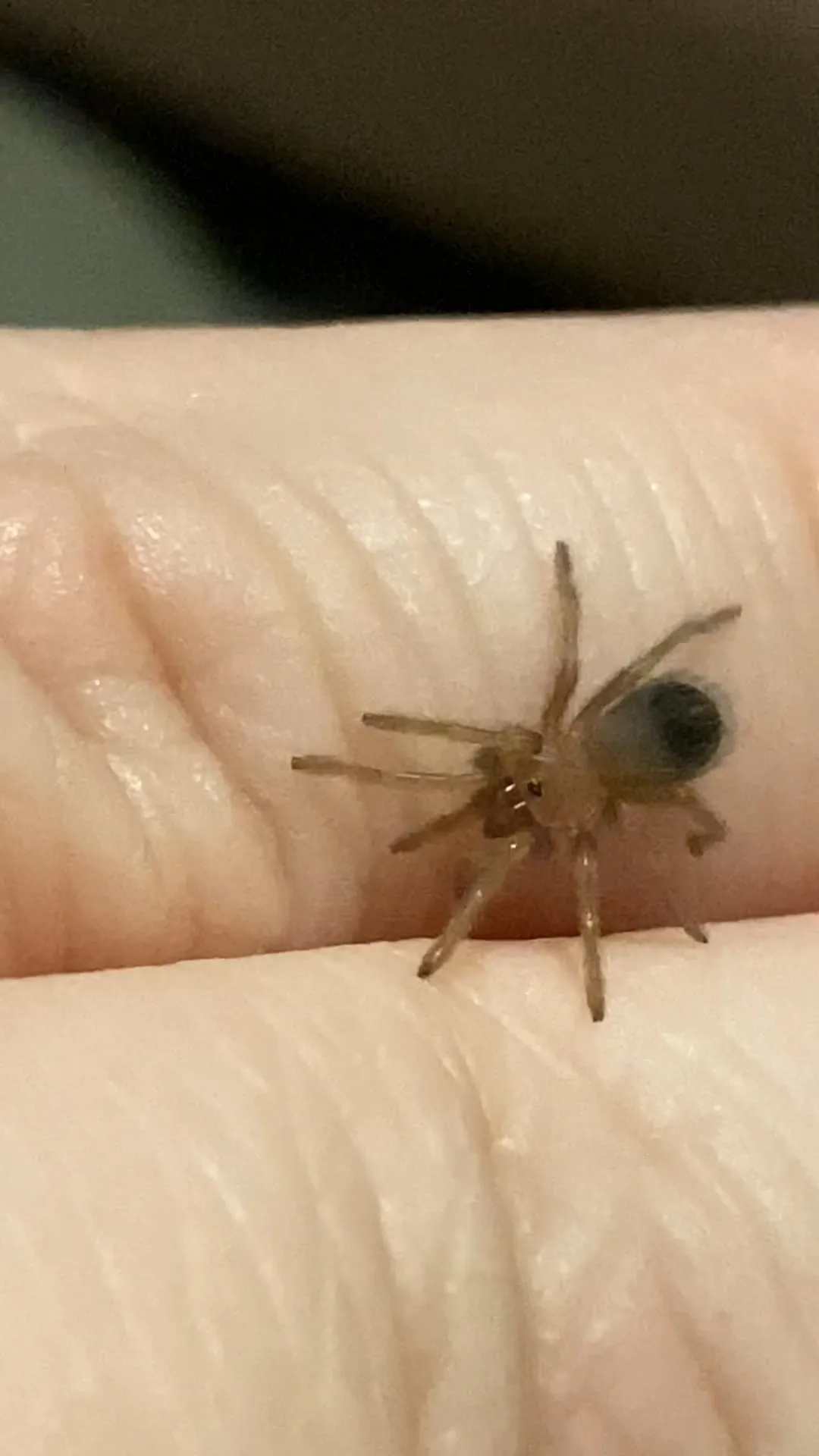
Housing Requirements
Providing suitable housing is essential for the well-being of tarantula spiderlings. They require small, secure enclosures, such as deli cups or small plastic containers, with appropriate ventilation. The size of the enclosure should correspond to the spiderling’s size, allowing ample space for movement and hunting. Substrate, such as coconut fiber or peat moss, should be provided to create a natural environment and help maintain humidity. Hiding places, such as cork bark or artificial plants, should also be added to provide security and encourage natural behaviors. The enclosure should be kept clean and free from debris, and regular cleaning is necessary to prevent the growth of mold and bacteria. By creating a well-designed and maintained enclosure, you can provide the spiderling with a safe and comfortable home that supports its growth and development.
Feeding Schedule
Establishing a consistent feeding schedule is essential for spiderling health. The frequency of feeding depends on the spiderling’s age, growth rate, and species. Generally, spiderlings should be fed several times a week, with the frequency decreasing as they mature. Appropriate prey items include flightless fruit flies, pinhead crickets, and small mealworms. The size of the prey should be appropriate for the spiderling’s size. It’s important to remove any uneaten prey within a reasonable time to prevent stress and potential harm to the spiderling. Monitoring the spiderling’s feeding habits and adjusting the feeding schedule as needed are crucial for their well-being. A well-fed spiderling is more likely to molt successfully and grow into a healthy adult.
Humidity and Temperature
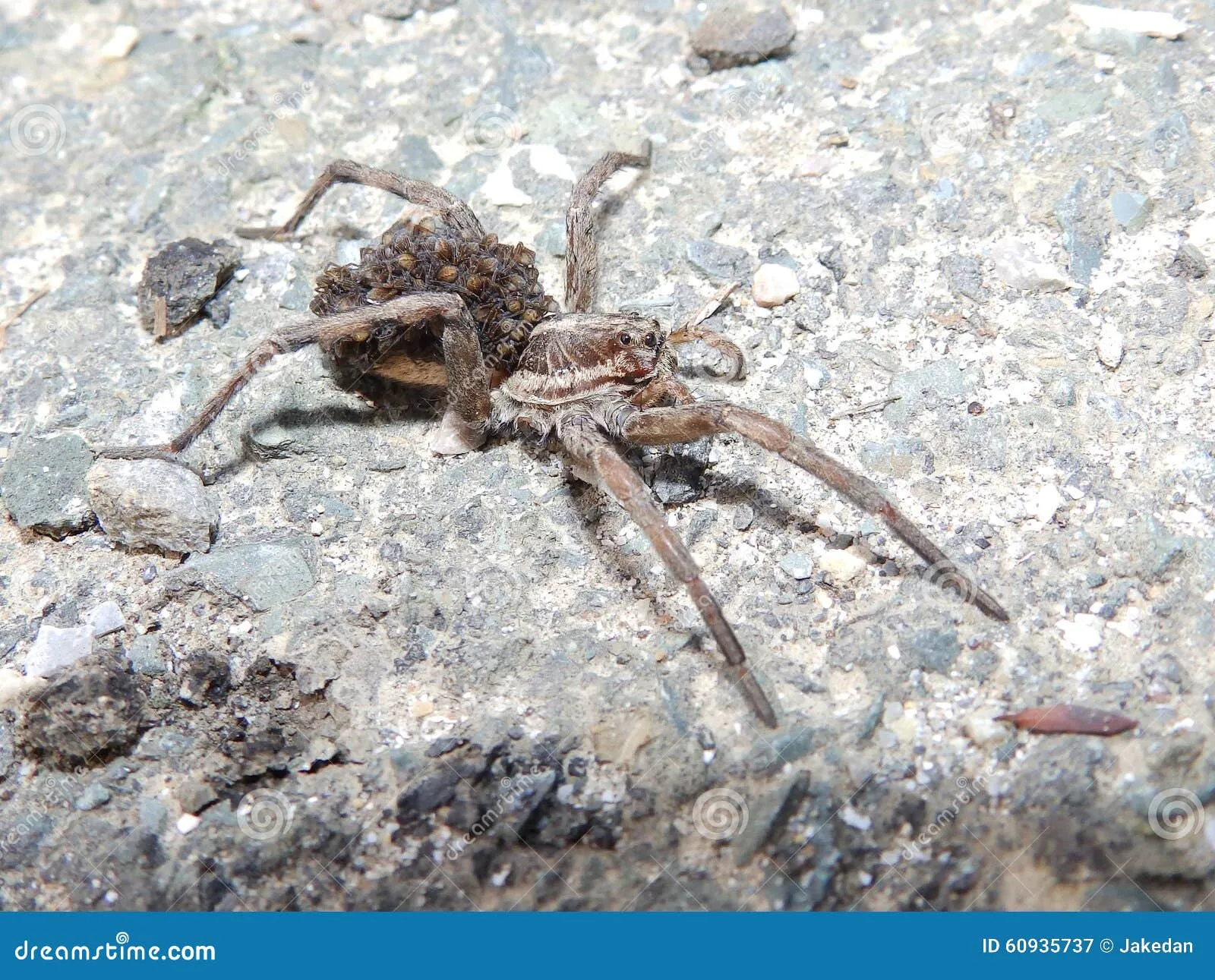
Maintaining the proper humidity and temperature levels is vital for spiderling survival. The required humidity and temperature levels depend on the specific species. Most species thrive in a moderately humid environment, typically between 60% and 70% humidity. A hygrometer can be used to measure humidity levels, and adjustments can be made through misting or ventilation. Temperature levels should be maintained within a comfortable range, usually between 75°F and 85°F (24°C and 29°C). A thermometer can be used to monitor the temperature. It’s essential to avoid extreme fluctuations in humidity and temperature, as these can negatively affect the spiderling’s health. By providing a stable and appropriate environment, you can support the spiderling’s molting process and overall well-being.
Potential Challenges
Handling Spiderlings
Handling spiderlings should be approached with caution and care. Due to their small size and fragility, handling them can be risky. It’s best to avoid handling them unless absolutely necessary, such as for enclosure maintenance or health checks. When handling is required, it’s important to move slowly and gently. Use a soft brush or a small container to move the spiderling from one place to another. Keep the spiderling close to the surface to prevent falls. Falls can be fatal. Always supervise children when they are near spiderlings. If you are not experienced, it’s recommended to observe and learn from experienced keepers before attempting to handle spiderlings. It is a great responsibility.
Diseases and Parasites
Spiderlings can be vulnerable to certain diseases and parasites, so preventative measures are crucial. Ensuring proper hygiene, including clean enclosures and fresh food, is the first line of defense. Common issues include fungal infections, mites, and other parasites. Signs of illness can include lethargy, loss of appetite, or unusual behaviors. Regular inspections of the spiderling and its enclosure can help identify potential problems early. If you suspect a spiderling is ill, it’s important to seek advice from a veterinarian experienced with arachnids or an experienced tarantula keeper. Early intervention is often key to successful treatment. By understanding potential health challenges and taking preventive steps, you can help to keep your spiderlings healthy.
